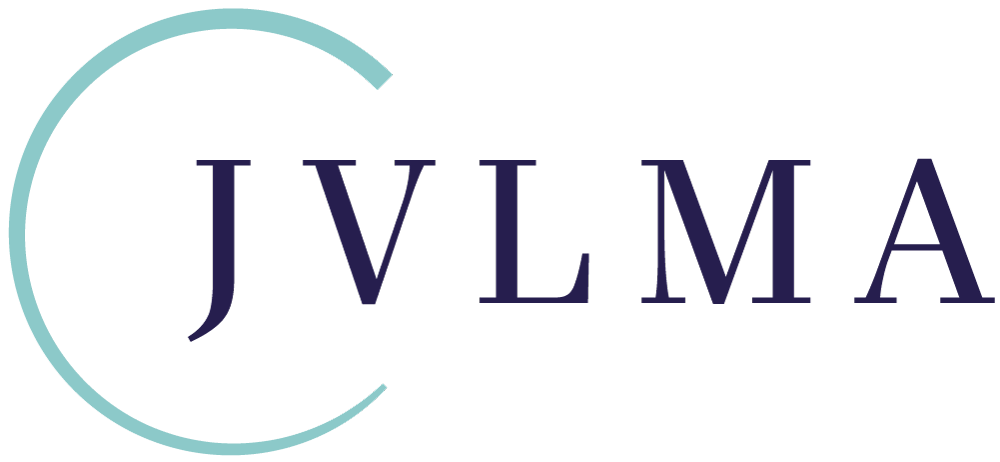CREATIVE COLLABORATION IN THE CLASICAL BALLET: MAIN FORMS AND THEIR MANIFESTATION IN THE CREATIVE WORK OF ALEKSANDRS LEMBERGS
Keywords:
Aleksandrs Lembergs, balets, history of dance, pedagogyAbstract
The classical dance delivers a message to the spectator, and the only way to do it is the dancer’s full commitment to the process. Nevertheless a routine often takes place and not every performance is creative. The strength of the classical ballet lies in its traditions lasting for centuries, however interaction between the tradition and innovation incited by the dancer’s creative contribution makes the performance attractive and up-to-date. 122 The aim of this article is to analyse the creative collaboration phenomena within the process of the classical ballet acquisition and to reveal the pedagogical conditions for the effective enhancement of the creative collaboration. The main research methods used are cognitive analysis of the philosophical and psychological aspects, analyses of the dancer’s memoirs, reflections of personal experience.
Downloads
References
Literatūra un citi avoti
Bāliņa, Gunta, un Ija Bite (2006). Latvijas baleta enciklopēdija. Rīga: Pētergailis
Birkerts, Pēteris (1925). Daiļradīšanas psiholoģija. 2. sējums: Mākslinieka tapšanas gaita. Rīga: Kultūras Balss
De Bono, Edward (1996). Serious Creativity. Die Entwicklung neuer Ideen durch die Kraft lateralen Denkens. Stuttgart: Schäffer-Poeschel
Burbules, Nicholas C. (1993). Dialogue in Teaching: Theory and Practice (Advances in Contemporary Educational Thought Series). New York: Teachers College Press
Gadamers, Hanss Georgs (1999). Patiesība un metode: filosofiskas hermeneitikas pamatiezīmes. Tulkotājs un pēcvārda autors Igors Šuvajevs. Rīga: Jumava
Goleman, Daniel, Paul Kaufman & Michael Ray (1997). Kreativität entdecken. München, Wien: Hanser
Jungs, Karls Gustavs (1994). Dvēseles pasaule. Tulkojuši Gunārs Jansons, Ilga Melnbārde, Sandra Rutmane, Igors Šuvajevs un Ansis Zunde. Sastādītājs un pēcvārda autors Igors Šuvajevs. Rīga: Spektrs
Latviešu literārās valodas vārdnīca (1980). Andreja Upīša Valodas un literatūras institūts (Latvijas PSR Zinātņu akadēmija). 4. sējums. Rīga: Zinātne
Lembergs, Aleksandrs (1985). Atmiņas. Audiointervijas. Atšifrējusi un sakārtojusi Solveiga Stukmane. Manuskripts. Glabājas Solveigas Stukmanes privātarhīvā
Nellke, Matiass (2003). Kreativitātes metodes radošo spēju attīstīšanai (sērija De Novo rokasgrāmata 12). Tulkojusi Zigrīda Āre. Rīga: Balta Eko
Skujiņa Valentīna (2000, sast.). Pedagoģijas terminu skaidrojošā vārdnīca. Rīga: Zvaigzne ABC
Григорович, Юрий (1981, ред.). Балет. Энциклопедия. Москва: Советская энциклопедия
Даль, Владимир (1994). Толковый словарь живого великорусского языка. Том 4. Москвa: Терра



